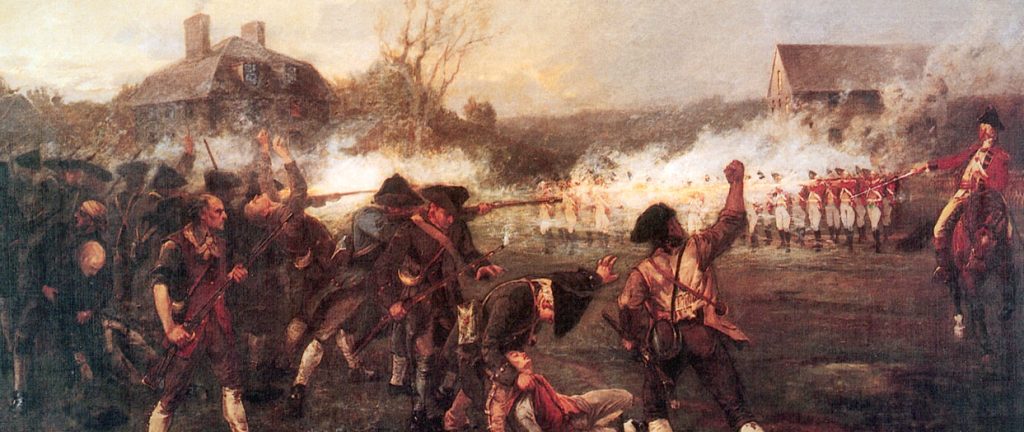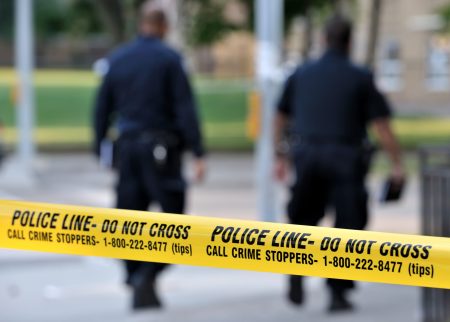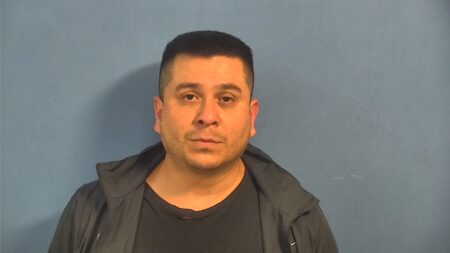American Revolution begins at Battle of Lexington
By 1775, tensions between the American colonies and the British government approached the breaking point, especially in Massachusetts, where Patriot leaders formed a shadow revolutionary government and trained militias to prepare for armed conflict with the British troops occupying Boston. In the spring of 1775, General Thomas Gage, the British governor of Massachusetts, received instructions from England to seize all stores of weapons and gunpowder accessible to the American insurgents. On April 18, he ordered British troops to march against the Patriot arsenal at Concord and capture Patriot leaders Samuel Adams and John Hancock, known to be hiding at Lexington.
Read more.
Oklahoma City bombing
Just after 9 a.m., a massive truck bomb explodes outside the Alfred P. Murrah Federal Building in Oklahoma City, Oklahoma. The blast collapsed the north face of the nine-story building, instantly killing more than 100 people and trapping dozens more in the rubble. Emergency crews raced to Oklahoma City from across the country, and when the rescue effort finally ended two weeks later the death toll stood at 168 people killed, including 19 young children who were in the building’s day-care center at the time of the blast.
Read more.
Warsaw Ghetto Uprising begins
In Warsaw, Poland, Nazi forces attempting to clear out the city’s Jewish ghetto are met by gunfire from Jewish resistance fighters, and the Warsaw Ghetto Uprising begins.
Shortly after the German occupation of Poland began, the Nazis forced the city’s Jewish citizens into a “ghetto” surrounded by barbwire and armed SS guards. The Warsaw ghetto occupied an area of less than two square miles but soon held almost 500,000 Jews in deplorable conditions. Disease and starvation killed thousands every month, and beginning in July 1942, 6,000 Jews per day were transferred to the Treblinka concentration camp.
Read more.








